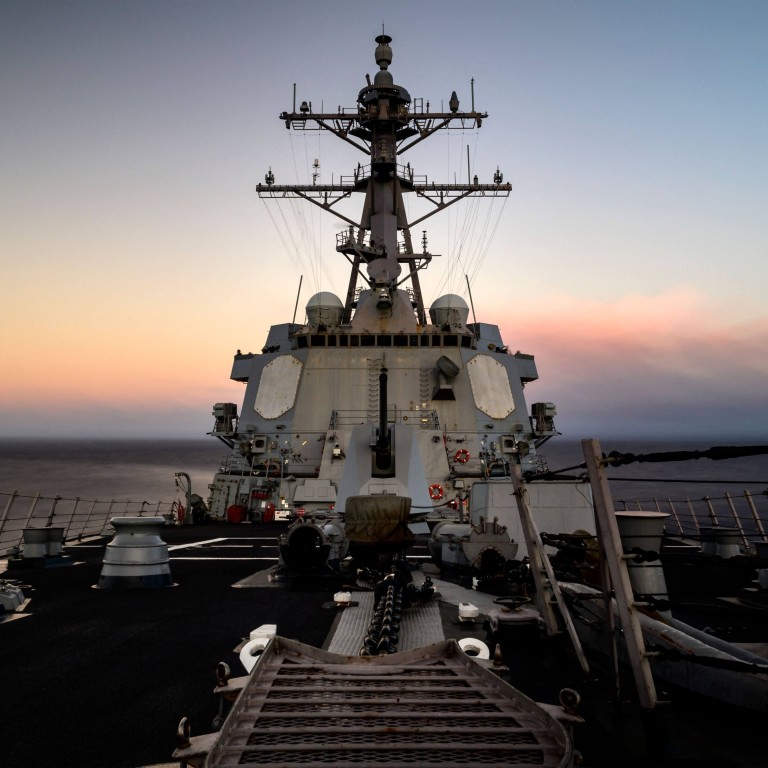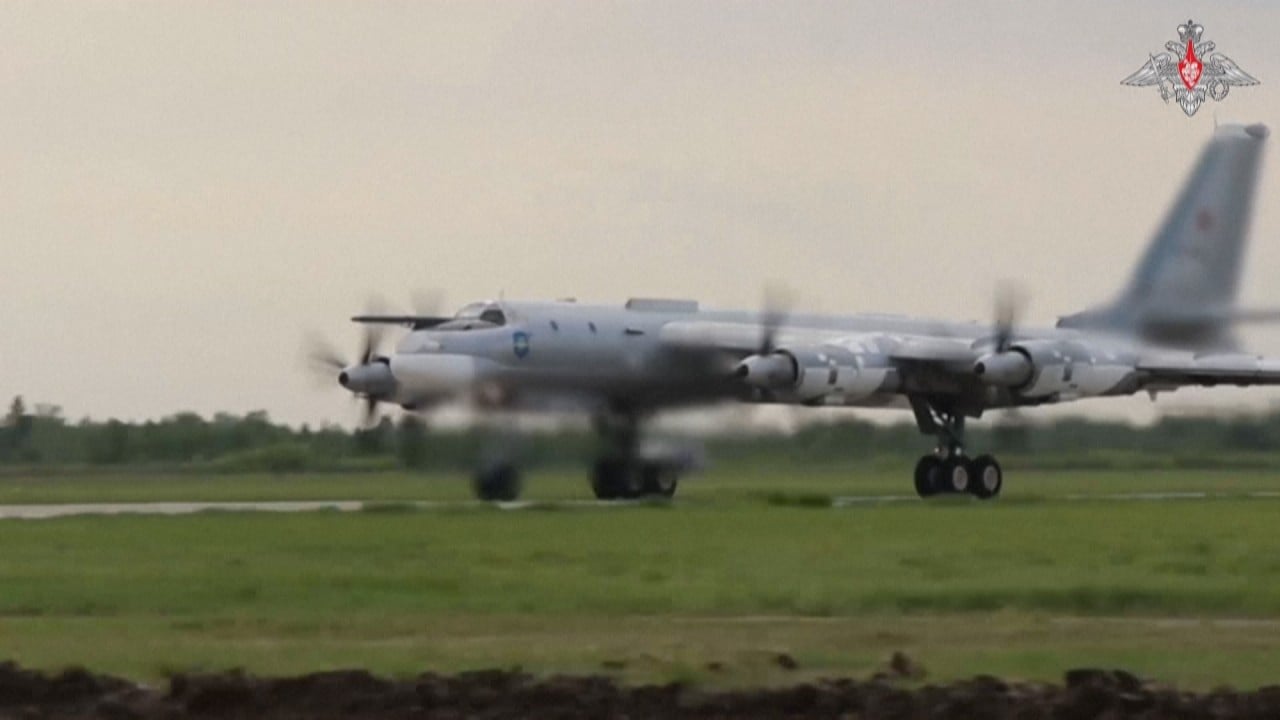
US Navy makes ‘show of force’ to Russian, Chinese flotilla near Alaska
- American military sends four destroyers to monitor joint drill last week
- Exercise meant to show Beijing and Moscow’s close strategic relationship, analyst says
The US military’s heightened response to a Russian-Chinese flotilla near Alaska was meant to send a message of force, according to a Chinese military analyst.
“The US wants to underscore that it is the real leading power in the North Atlantic by stepping up its response to the joint patrol by the Chinese and Russian navies.”
According to US senators Lisa Murkowski and Dan Sullivan, four US Navy destroyers, along with a P-8 Poseidon maritime patrol aircraft, were sent last week to monitor the Russian and Chinese flotilla of 11 vessels.
“Last summer the Chinese and Russian navies conducted a similar operation off the coast of Alaska,” Sullivan said.
“Given that our response was tepid, I strongly encouraged senior military leaders to be ready with a much more robust response should such another joint Chinese/Russian naval operation occur off our coast.
“I was heartened to see that this latest incursion was met with four US Navy destroyers, which sends a strong message to Xi Jinping and [Vladimir] Putin that the United States will not hesitate to protect and defend our vital national interests in Alaska,” he said in a reference to the Chinese and Russian leaders.
The Russian Defence Ministry said the joint exercise involved communications training, helicopter landings and take-offs from the decks of each other’s ships.
There was also a joint anti-submarine exercise in the southwestern part of the Bering Sea.
“With their ‘no limits’ ties, Beijing and Moscow want to show their determination to strengthen their strategic cooperation,” he said.
“Just like the US’ ‘freedom of navigation’ in the backyard of China in the Asia-Pacific, the PLA and Russian military want to show they can sail and operate anywhere as international law allows.”
Beijing-based naval expert Li Jie said the stepped-up response by the US showed that Washington was concerned about the collaboration between China and Russia in the Arctic.
“Alaskan waters are part of the Arctic shipping routes. The joint naval drills have again reminded the US of China’s role in Russia’s Arctic strategy,” Li said, adding that Russia would likely seek greater financial support from Beijing to finance its ambitious North Pole exploitation.
But Drew Thompson, a visiting senior research fellow at the National University of Singapore’s Lee Kuan Yew School of Public Policy, said the Alaska drill might backfire on Beijing, particularly in relation to its criticism of US “freedom of navigation” missions in the South China Sea and the Taiwan Strait.
“It strikes me how difficult it is for China to continue claiming that US military operations in the western Pacific are an obstacle to improving relations when it conducts military operations off the US coast on a recurring basis,” Thompson said.
“It is time for China to accept US military missions on its periphery and engage in military-to-military dialogue if it wants to be treated as a major power.”



